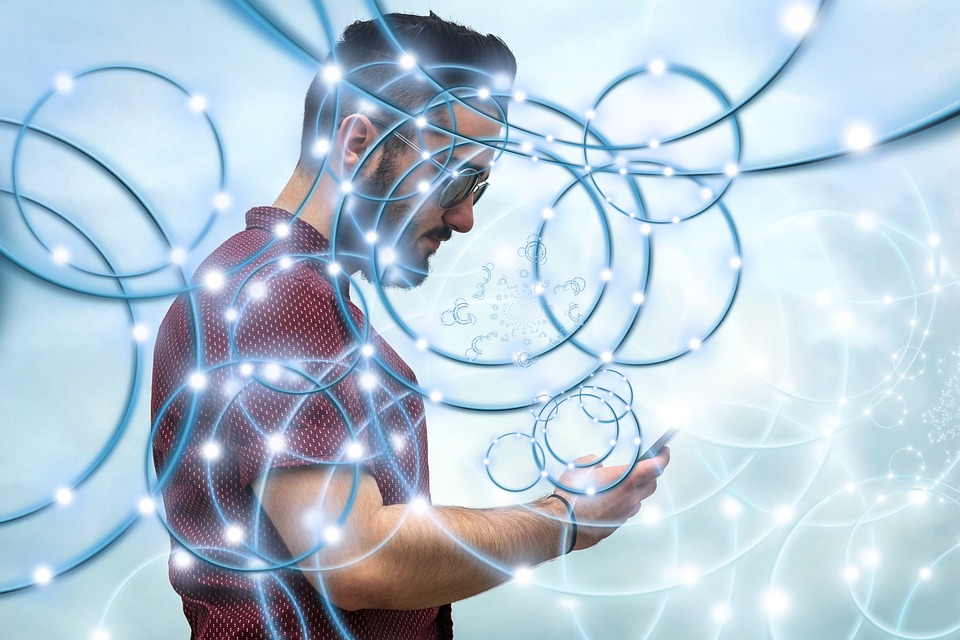The Importance of Historical Integrity
Historical integrity refers to the authenticity and accuracy of historical information and artifacts. It is crucial to preserve historical integrity because it allows us to understand and learn from the past. Without historical integrity, we risk losing valuable insights into our history and heritage, which can have significant implications for our understanding of the world.
Preserving historical integrity involves protecting historical sites, monuments, artifacts, and documents from damage, destruction, or alteration. It also requires ensuring that historical information is accurately recorded and preserved for future generations to study and analyze.
The Role of Technology in Preserving Historical Integrity
Technology plays a critical role in preserving historical integrity by providing tools and resources that enable us to record, protect, and share historical information and artifacts. From digital archiving to 3D modeling, technology has revolutionized the way we preserve and study history.
Digital Archiving
One of the most significant advancements in technology for preserving historical integrity is digital archiving. Digital archiving involves scanning and digitizing historical documents, photographs, and artifacts to create digital copies that can be stored and accessed electronically.
Digital archiving not only helps to protect physical artifacts from damage and deterioration but also makes historical information more accessible to researchers, scholars, and the general public. By digitizing historical documents and artifacts, we can ensure that important historical information is preserved for future generations.
3D Modeling
Another technology that has helped to preserve historical integrity is 3D modeling. 3D modeling allows us to create digital replicas of historical sites, monuments, and artifacts that can be studied and analyzed without risking damage to the original item.
3D modeling is especially useful for preserving fragile or endangered historical sites and artifacts. By creating accurate digital replicas, we can study and document historical sites and artifacts in great detail without the need for physical contact.
Virtual Reality
Virtual reality is another technology that is playing an increasingly important role in preserving historical integrity. Virtual reality allows users to experience historical sites and events in an immersive and interactive way, bringing history to life in ways that were never before possible.
By creating virtual reality experiences of historical sites and events, we can engage new audiences and bring history to life in a way that is both educational and entertaining. Virtual reality can also help to preserve and protect historical sites by allowing users to explore them in a virtual environment without risking damage to the original site.
Challenges and Considerations
While technology has revolutionized the way we preserve historical integrity, it also presents unique challenges and considerations. For example, ensuring the long-term preservation of digital archives and 3D models requires careful planning and investment in storage and maintenance.
Another challenge is ensuring the accuracy and authenticity of digital replicas and virtual reality experiences. While technology allows us to create highly detailed and accurate representations of historical sites and artifacts, it is essential to ensure that these representations are based on accurate historical information.
Privacy and Security
Privacy and security are also important considerations when using technology to preserve historical integrity. For example, digitizing historical documents and artifacts raises concerns about data protection and security. It is crucial to implement robust security measures to protect sensitive historical information from theft or unauthorized access.
Accessibility and Inclusivity
Another consideration is ensuring that digital archives, 3D models, and virtual reality experiences are accessible and inclusive to all audiences. It is essential to consider factors such as language barriers, disability access, and technological literacy when developing digital resources for historical preservation.
Conclusion
Technology has played a crucial role in preserving historical integrity by providing tools and resources that enable us to record, protect, and share historical information and artifacts. From digital archiving to 3D modeling, technology has revolutionized the way we preserve and study history.
While technology presents unique challenges and considerations, it also offers opportunities to engage new audiences, bring history to life, and ensure that important historical information is preserved for future generations. By embracing technology and harnessing its potential, we can continue to protect and honor our history and heritage for years to come.
